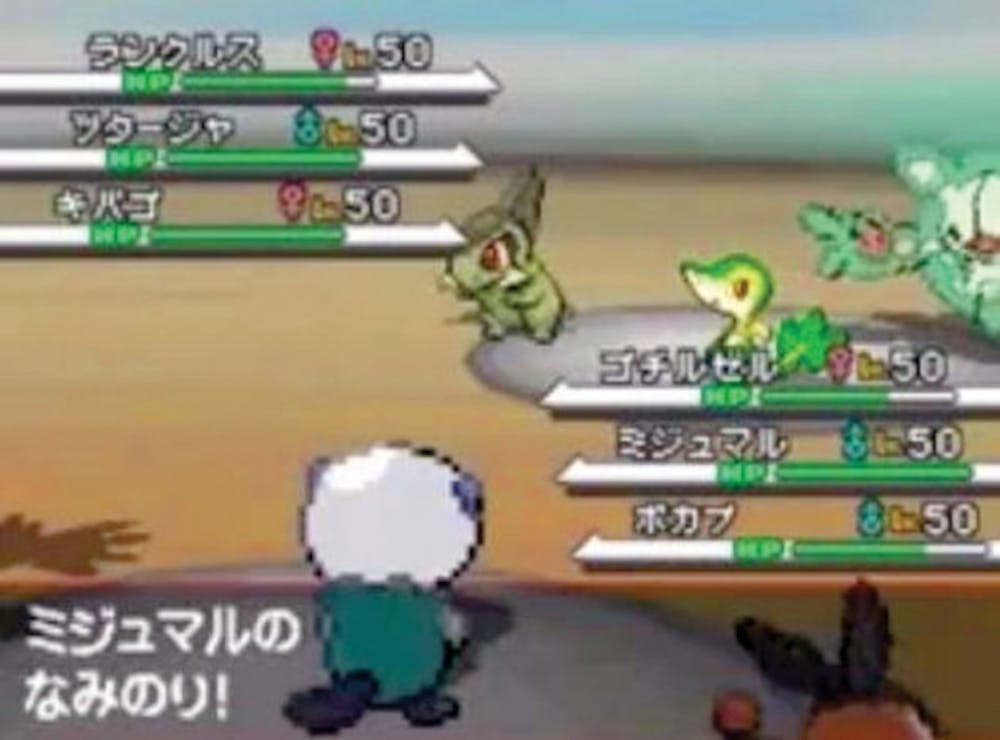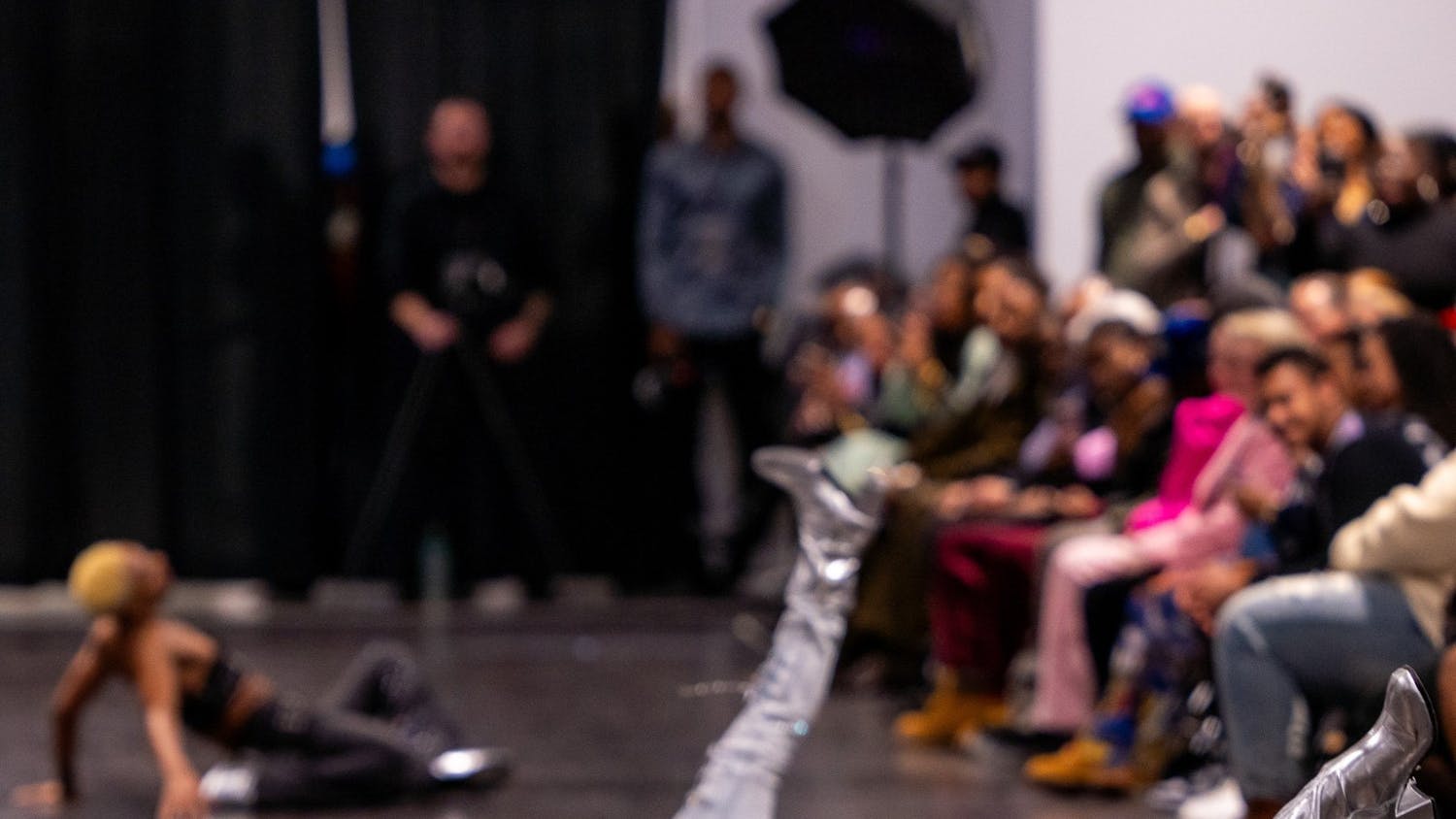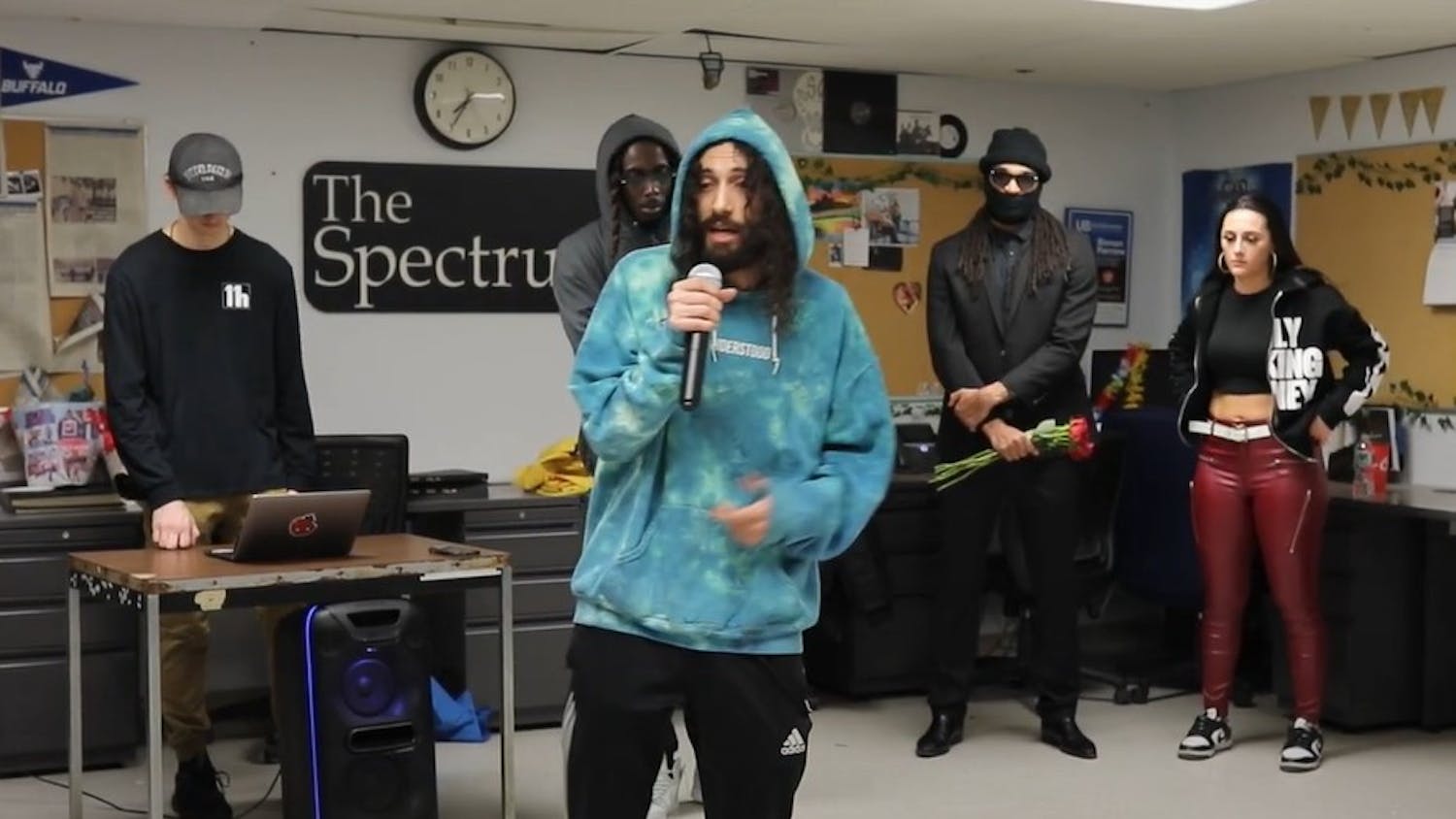Grade: A-
In 16 years, this generation has seen more monsters than any generation previous, and it's all thanks to one Japanese commodity: Pokémon.
This year, the pokémaniacs at Game Freak have chosen two more colors to add to the ever-growing collection of monster-enslaving Nintendo games.
Pokémon Black and White represent a transitional time in pocket monster history – as the original fanbase ages, a new one must take its place – but to do so, the company would have to produce a game like its original hit while making it feel distinctly new.
Thank the great Charizard in the sky; the developers have done just that. They created a game so fresh out of old material that Tide should look into hiring Game Freak employees.
Improved battling, plot, and interface are the markings of a fantastic "evolution" of the game itself. Every minute detail of the franchise has been inspected and upgraded, and the final product shines brighter than a Cubone's skull.
Players begin, as every Pokémon game has for the past decade, in a small rural town inhabited by a world-renowned professor, three incredibly weak Pokémon, and a friend who one can't help but hate.
Choosing a companion will be one of the hardest parts of this generation, as all three starting monsters have admirable traits. Players choosing the grass starter, Snivy, will have the toughest time of the three, as many of the region's eight gyms have an advantage over the player's grassy intentions.
After introductions, the player begins his adventure fighting Pokémon vastly similar to those in the original games, and before long, his elemental arsenal of monsters will grow larger than an Onix introduced to a metal coat.
This time around, battling is perfect. The game processes move faster, and the battles move along at a Pokéball-breaking pace. The only downside to this year's monochrome adventures is that elemental advantages have been toned down in this game, so having superior strategy won't matter to an opponent six or seven levels above the player.
The game, as it is intended for a new era of Pokémon masters, attempts to placate players by having random trainers heal their teams after a battle. This player-coddling continues until after the first few gyms, as the game gifts players with the appropriate Pokémon to use in that town's gym.
This additional help can be unwanted for battle-hardened gamers, but does little to detract from the overall joy this game brings.
Game Freak is taking the route less traveled and attempting to imbue this children's game with a deep philosophical premise, abandoning the iconic Team Rocket in exchange for Team Plasma. These new adversaries explain that forcing animals to fight one another is immoral, and therefore must quest to liberate all of the Pokémon in the world.
While this unexpected exploration of poké-morality is a step in the right direction, it can, at points, make the player skip all the verbose dialogue the game's developers wrote for Team Plasma.
By far the greatest addition to the title is the implementation of the C-Gear, a device that lets real-world Pokémon trainers communicate wirelessly. This serves as the perfect utility for densely populated zones such as malls, airports, or even college campuses. Introduced in Diamond and Pearl, players will be able to trade globally for the game's most elusive monsters, instead of spending hours of their own time searching.
The various tweaks to an already perfect role-playing game is the icing on this monster-latent cake, and without a shadow ball of a doubt, these versions are the closest pokéfanatics will ever get to their beloved elementary school days.
Email: arts@ubspectrum.com





